Name Leo Steinberg Role Art critic | Parents Isaac Steinberg Awards MacArthur Fellowship | |
 | ||
Education New York University, Slade School of Fine Art, New York University Institute of Fine Arts, University of London Nominations National Book Award for Arts and Letters (Nonfiction) Books The sexuality of Christ in, Other Criteria: Confronta, Leonardo's Incessant Last Sup, Encounters with Rauschenberg, Michelangelo's last paintings | ||
Peter selz remembers leo steinberg
Leo Steinberg (July 9, 1920 – March 13, 2011) was an American art critic and art historian and a naturalized citizen of the U.S.
Contents
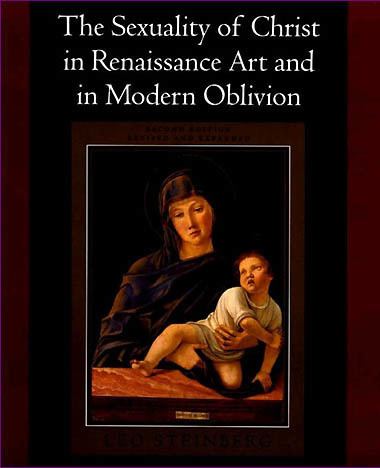
Life
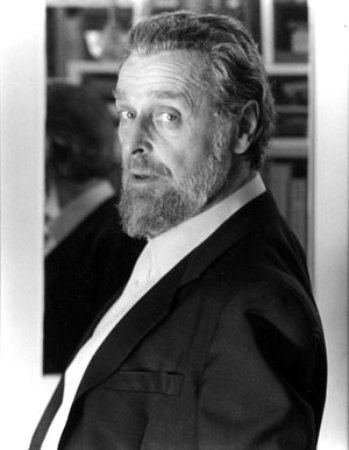
Steinberg was born in Moscow, Russia, the son of Isaac Nachman Steinberg, a lawyer, member of the Socialist Revolutionary Party in revolutionary Russia, and Commissar of Justice under Vladimir Lenin from 1917 to 1918. Notified that Steinberg's life was in danger, the family escaped Russia in 1920, when Leo was an infant, and settled in Berlin, Germany. In the early 1930s, the Steinbergs were forced to move again, this time to the United Kingdom, after the National Socialists came to power in Germany. Intending to become an artist, Steinberg studied at the Slade School of Fine Art (part of the University of London).
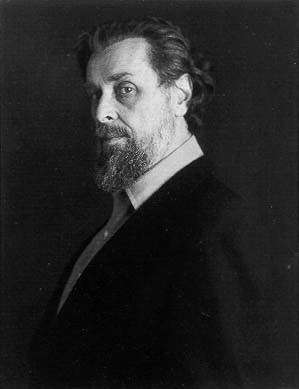
In 1945, encouraged by his older sister and her husband, Steinberg moved to New York City. For years he made a living writing art criticism and teaching art, as for example teaching life drawing at the Parsons School of Design. In 1957, William Kolodney invited Steinberg to give a lecture series at the Metropolitan Museum of Art. "Change and Permanence in Western Art" focused on ten periods of art, dealing with problems or solutions with special relevance to modern thought and taste.
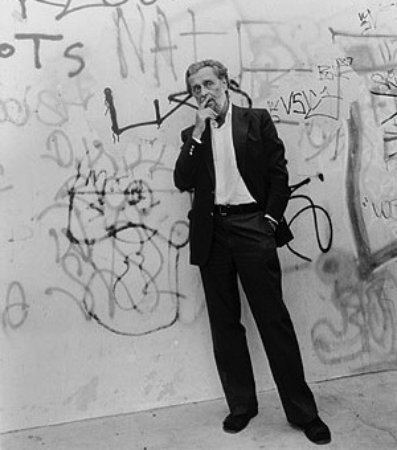
His criticism of modern art was important, to the extent that in Tom Wolfe's 1975 book, The Painted Word, Steinberg, Harold Rosenberg, and Clement Greenberg were all labeled the "kings of Cultureburg" for the enormous degree of influence that their criticism exerted over the world of modern art at the time. However, Steinberg eventually moved away from art criticism and developed a serious, scholarly interest in such artists and architects as Francesco Borromini, Michelangelo, and Leonardo da Vinci. In 1960, he earned his PhD at New York University's Institute of Fine Arts with a dissertation on the architectural symbolism of Borromini's San Carlo alle Quattro Fontane in Rome. Subsequently, Steinberg taught at Hunter College of the City University of New York. In 1975, he was appointed Benjamin Franklin Professor of the History of Art at the University of Pennsylvania, where he taught until retiring in 1991. From 1995 to 1996, Steinberg was a guest professor at Harvard University.
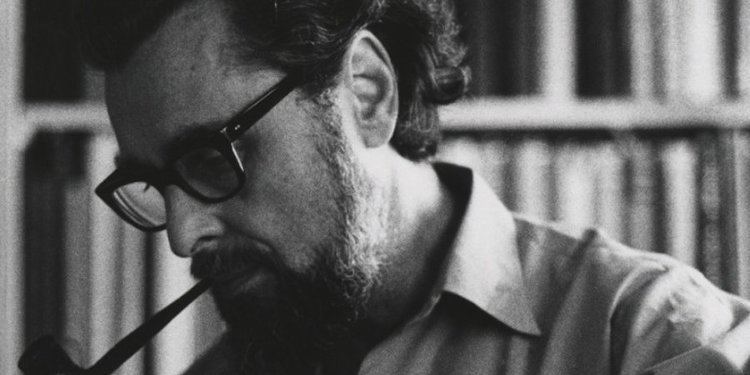
Steinberg approached the history of art in a revolutionary manner, helping to move it from a dry consideration of factual details, documents, and iconographic symbols to a more dynamic understanding of meaning conveyed via various artistic choices. For example, in 1972, Steinberg introduced the idea of the "flatbed picture plane" in his book, Other Criteria, a collection of essays on artists including Jackson Pollock, Pablo Ruiz Picasso, Phillip Guston, Robert Rauschenberg, and Willem de Kooning. The whole of the Summer, 1983, issue of the journal October was dedicated to Steinberg's essay The Sexuality of Christ in Renaissance Art and in Modern Oblivion, later published as a book by Random House and by publishers in other countries. In that essay, Steinberg examined a previously ignored pattern in Renaissance art: the prominent display of the genitals of the infant Christ and the attention also drawn to that area in images of Christ near the end of his life, in both cases for specific theological reasons involving the concept of the Incarnation – the word of God made flesh.

Steinberg's collection of 3,200 prints is held at The Leo Steinberg Collection, Blanton Museum of Art, University of Texas, Austin. His papers are held at the Getty Research Institute.

Steinberg died on March 13, 2011 in New York City at the age of 90.
Awards
Thesis
Steinberg's research particularly focused on the works of Michelangelo, Leonardo da Vinci, and other Italian Renaissance artists and their the depiction of Christ in art. As a critic, he produced important work on Pablo Picasso, Jasper Johns and Willem de Kooning. One of his most significant essays was Contemporary Art and the Plight of its Public, which appeared in March 1962 in Harper's Magazine.
Steinberg took an informal approach to criticism, sometimes using a first-person narrative in his essays, which personalized the experience of art for readers. In many of his writings, he expressed his love for art's ability not only to reflect life but also to become it and commented, "Anything anybody can do, painting does better." He believed that the difference between modern painting and that of the Old Masters was the viewer's subjective experience of that artwork. He also believed that Abstract Expressionist action painters, such as Jackson Pollock, were more concerned with creating good art than with merely expressing a personal identity on canvas, a point of view contrary to that held by Harold Rosenberg, another American art critic of Steinberg's era.
